1. Fielding JE, Phenow KJ. Health effects of involuntary smoking. N Engl J Med. 1988; 319:1452–1460. PMID:
3054556.
2. Stead LF, Bergson G, Lancaster T. Physician advice for smoking cessation. Cochrane Database Syst Rev. 2008; CD000165. PMID:
18425860.
3. Jemal A, Thun MJ, Ries LA, Howe HL, Weir HK, Center MM, et al. Annual report to the nation on the status of cancer, 1975-2005, featuring trends in lung cancer, tobacco use, and tobacco control. J Natl Cancer Inst. 2008; 100:1672–1694. PMID:
19033571.
4. Jarvis MJ, Tunstall-Pedoe H, Feyerabend C, Vesey C, Saloojee Y. Comparison of tests used to distinguish smokers from nonsmokers. Am J Public Health. 1987; 77:1435–1438. PMID:
3661797.
5. Binnie V, McHugh S, Macpherson L, Borland B, Moir K, Malik K. The validation of self-reported smoking status by analysing cotinine levels in stimulated and unstimulated saliva, serum and urine. Oral Dis. 2004; 10:287–293. PMID:
15315646.
6. Zevin S, Jacob P 3rd, Benowitz N. Cotinine effects on nicotine metabolism. Clin Pharmacol Ther. 1997; 61:649–654. PMID:
9209247.
7. Bramer SL, Kallungal BA. Clinical considerations in study designs that use cotinine as a biomarker. Biomarkers. 2003; 8:187–203. PMID:
12944172.
8. Florescu A, Ferrence R, Einarson TR, Selby P, Kramer M, Woodruff S, et al. Reference values for hair cotinine as a biomarker of active and passive smoking in women of reproductive age, pregnant women, children, and neonates: systematic review and meta-analysis. Ther Drug Monit. 2007; 29:437–446. PMID:
17667798.
9. Kuo HW, Yang JS, Chiu MC. Determination of urinary and salivary cotinine using gas and liquid chromatography and enzyme-linked immunosorbent assay. J Chromatogr B Analyt Technol Biomed Life Sci. 2002; 768:297–303.
10. Pacifici R, Altieri I, Gandini L, Lenzi A, Passa AR, Pichini S, et al. Environmental tobacco smoke: nicotine and cotinine concentration in semen. Environ Res. 1995; 68:69–72. PMID:
7729388.
11. Tzatzarakis MN, Vardavas CI, Terzi I, Kavalakis M, Kokkinakis M, Liesivuori J, et al. Hair nicotine/cotinine concentrations as a method of monitoring exposure to tobacco smoke among infants and adults. Hum Exp Toxicol. 2012; 31:258–265. PMID:
22027507.
12. Agaku IT, King BA. Validation of self-reported smokeless tobacco use by measurement of serum cotinine concentration among US adults. Am J Epidemiol. 2014; 180:749–754. PMID:
25125690.
13. Alshaarawy O, Xiao J, Shankar A. Association of serum cotinine levels and hypertension in never smokers. Hypertension. 2013; 61:304–308. PMID:
23184382.
14. Benowitz NL, Bernert JT, Caraballo RS, Holiday DB, Wang J. Optimal serum cotinine levels for distinguishing cigarette smokers and nonsmokers within different racial/ethnic groups in the United States between 1999 and 2004. Am J Epidemiol. 2009; 169:236–248. PMID:
19019851.
15. Signorello LB, Cai Q, Tarone RE, McLaughlin JK, Blot WJ. Racial differences in serum cotinine levels of smokers. Dis Markers. 2009; 27:187–192. PMID:
20037205.
16. Jung S, Lee IS, Kim SB, Moon CS, Jung JY, Kang YA, et al. Urine cotinine for assessing tobacco smoke exposure in Korean: Analysis of the Korea National Health and Nutrition Examination Survey (KNHANES). Tuberc Respir Dis (Seoul). 2012; 73:210–218. PMID:
23166556.
17. Haufroid V, Lison D. Urinary cotinine as a tobacco-smoke exposure index: a minireview. Int Arch Occup Environ Health. 1998; 71:162–168. PMID:
9591157.
18. Kim JY, Kwon M, Joe KH, Chai SH, Won WY, Kim DJ. Agreement between self-report on smoking cessation and urinary cotinine test. Korean J Psychopharmacol. 2010; 21:210–215.
19. Lee SR, Jeong SJ, Suh CH, Lee CK, Lee CH, Son BC, et al. Second-hand smoke exposure and urine cotinine levels by occupation in the Busan, Ulsan, Kyeongnam Provinces. Korean J Occup Environ Med. 2011; 23:42–52.
20. Jhun HJ, Seo HG, Lee DH, Sung MW, Kang YD, Syn HC, et al. Self-reported smoking and urinary cotinine levels among pregnant women in Korea and factors associated with smoking during pregnancy. J Korean Med Sci. 2010; 25:752–757. PMID:
20436713.
21. Kang YH, Lee YJ, Kim HK, Yun YH, Jeong SY, Lee JS, et al. Usefulness of urinary cotinine test to distinguish smokers from nonsmokers. Korean J Lab Med. 2003; 23:92–97.
22. Caraballo RS, Giovino GA, Pechacek TF. Self-reported cigarette smoking vs. serum cotinine among U.S. adolescents. Nicotine Tob Res. 2004; 6:19–25. PMID:
14982684.
23. Caraballo RS, Giovino GA, Pechacek TF, Mowery PD. Factors associated with discrepancies between self-reports on cigarette smoking and measured serum cotinine levels among persons aged 17 years or older: Third National Health and Nutrition Examination Survey, 1988-1994. Am J Epidemiol. 2001; 153:807–814. PMID:
11296155.
24. Benowitz NL, Jacob P 3rd. Nicotine and cotinine elimination pharmacokinetics in smokers and nonsmokers. Clin Pharmacol Ther. 1993; 53:316–323. PMID:
8453850.
25. Jarvis MJ, Russell MA, Benowitz NL, Feyerabend C. Elimination of cotinine from body fluids: implications for noninvasive measurement of tobacco smoke exposure. Am J Public Health. 1988; 78:696–698. PMID:
3369603.
26. Caraballo RS, Giovino GA, Pechacek TF, Mowery PD, Richter PA, Strauss WJ, et al. Racial and ethnic differences in serum cotinine levels of cigarette smokers: Third National Health and Nutrition Examination Survey, 1988-1991. JAMA. 1998; 280:135–139. PMID:
9669785.
27. Wagenknecht LE, Cutter GR, Haley NJ, Sidney S, Manolio TA, Hughes GH, et al. Racial differences in serum cotinine levels among smokers in the Coronary Artery Risk Development in (Young) Adults study. Am J Public Health. 1990; 80:1053–1056. PMID:
2382740.
28. Pirkle JL, Bernert JT, Caudill SP, Sosnoff CS, Pechacek TF. Trends in the exposure of nonsmokers in the U.S. population to secondhand smoke: 1988-2002. Environ Health Perspect. 2006; 114:853–858. PMID:
16759984.
29. Pirkle JL, Flegal KM, Bernert JT, Brody DJ, Etzel RA, Maurer KR. Exposure of the US population to environmental tobacco smoke: the Third National Health and Nutrition Examination Survey, 1988 to 1991. JAMA. 1996; 275:1233–1240. PMID:
8601954.
30. Wei B, Alwis KU, Li Z, Wang L, Valentin-Blasini L, Sosnoff CS, et al. Urinary concentrations of PAH and VOC metabolites in marijuana users. Environ Int. 2015; 88:1–8. PMID:
26690539.
31. Wei B, Blount BC, Xia B, Wang L. Assessing exposure to tobacco-specific carcinogen NNK using its urinary metabolite NNAL measured in US population: 2011-2012. J Expo Sci Environ Epidemiol. 2016; 26:249–256. PMID:
25564369.
32. Murphy SE, Johnson LM, Pullo DA. Characterization of multiple products of cytochrome P450 2A6-catalyzed cotinine metabolism. Chem Res Toxicol. 1999; 12:639–645. PMID:
10409404.
33. Yamazaki H, Inoue K, Hashimoto M, Shimada T. Roles of CYP2A6 and CYP2B6 in nicotine C-oxidation by human liver microsomes. Arch Toxicol. 1999; 73:65–70. PMID:
10350185.
34. Yang M, Kunugita N, Kitagawa K, Kang SH, Coles B, Kadlubar FF, et al. Individual differences in urinary cotinine levels in Japanese smokers: relation to genetic polymorphism of drug-metabolizing enzymes. Cancer Epidemiol Biomarkers Prev. 2001; 10:589–593. PMID:
11401907.
35. Kwon JT, Nakajima M, Chai S, Yom YK, Kim HK, Yamazaki H, et al. Nicotine metabolism and CYP2A6 allele frequencies in Koreans. Pharmacogenetics. 2001; 11:317–323. PMID:
11434509.
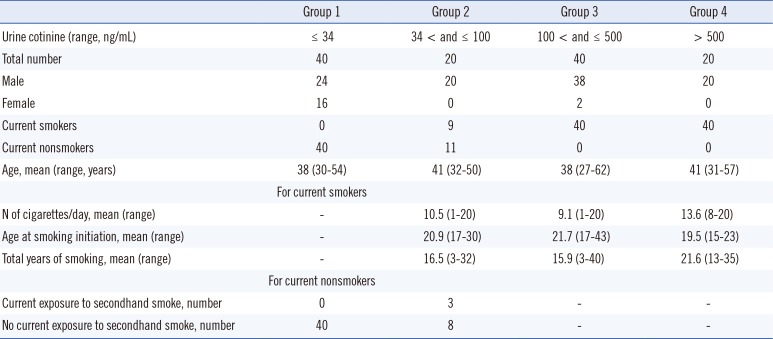
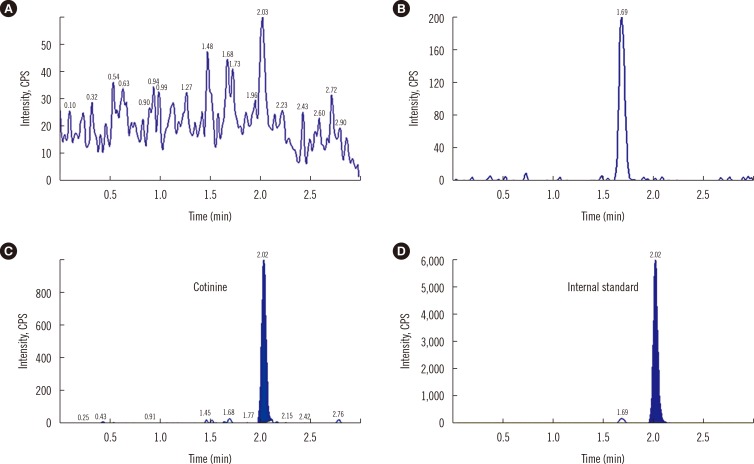
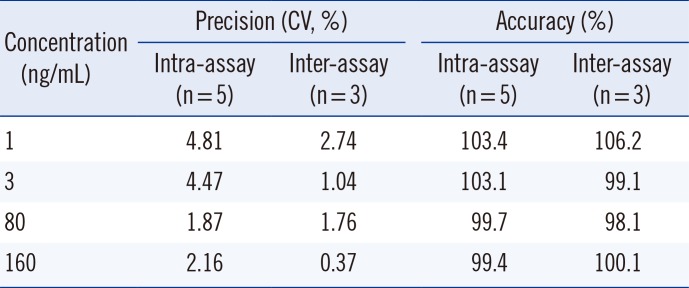




 PDF
PDF ePub
ePub Citation
Citation Print
Print


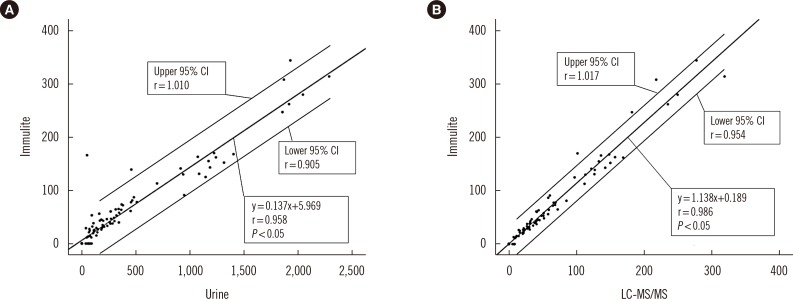
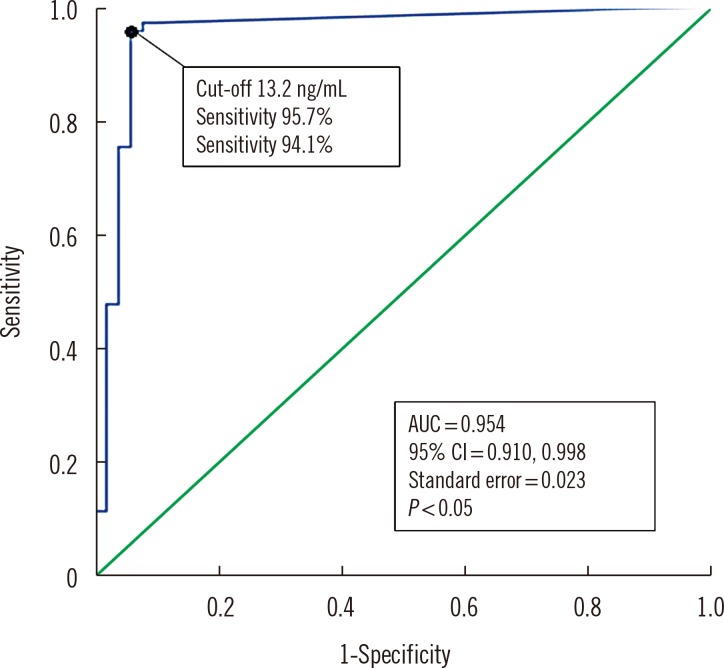
 XML Download
XML Download